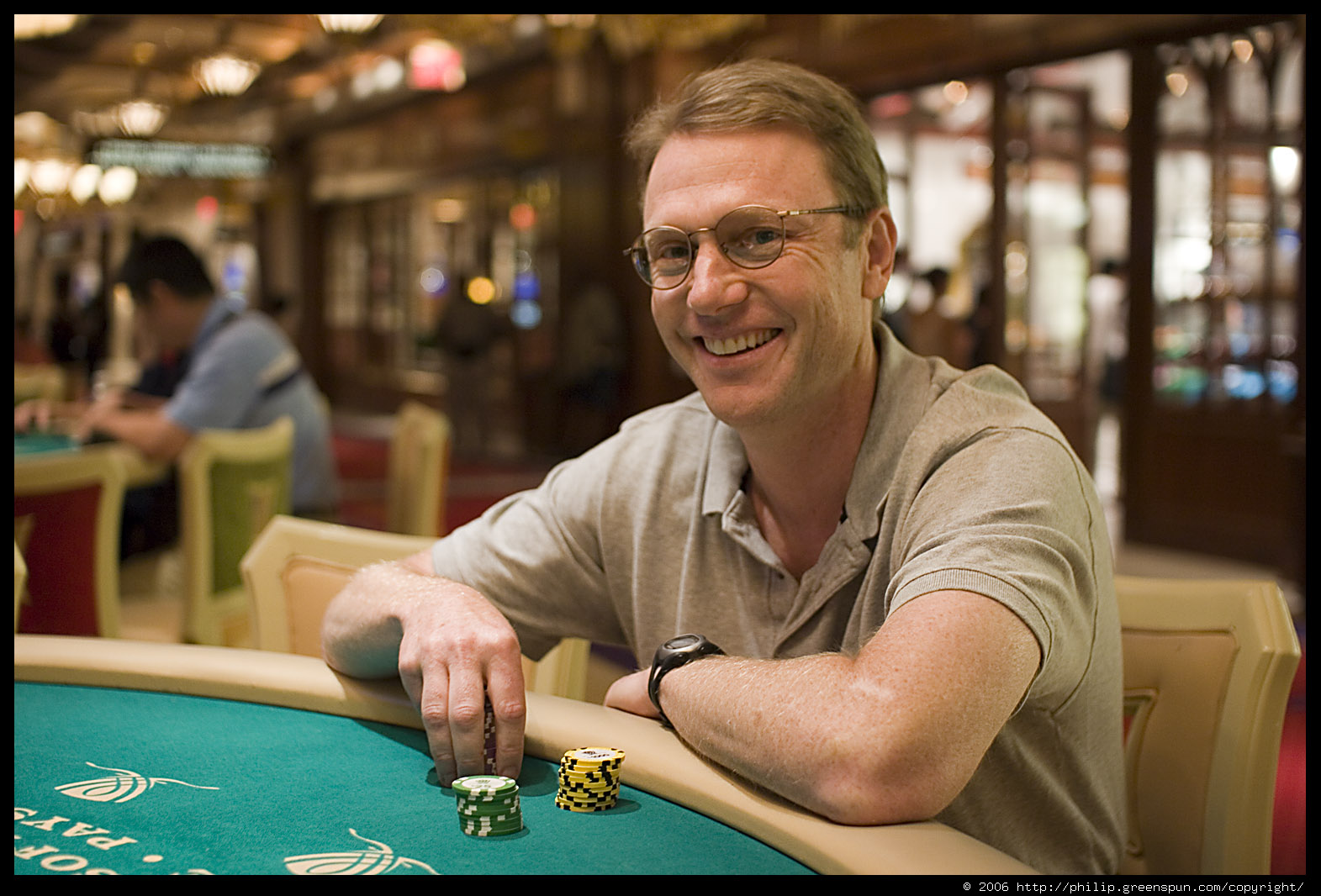
Lets talk about portrait photography. and hell yeah, everyone wanna look nice inside their own pictures... especially when you the main character.
Wiki defines portrait photography as..
Portrait photography (also known as portraiture) is the capture by means of photography of the likeness of a person or a small group of people, in which the face and its expression is predominant. The objective is to display the likeness, personality, and even the mood of the person. Like other types of portraiture, the focus of the photograph is the person's face, although the entire body and the background may be included. A portrait is generally not a snapshot, but a composed image of a person in a still position. A portrait often shows a person looking directly at the camera.
Unlike many other styles of photography, the subjects of portrait photography are non-professional models. Many family portraits and photographs that commemorate special occasions, such as graduations or weddings, are professionally produced and hang in private homes. Most portraits are not intended for public exhibition.
Basically there are only 2 factors that you need to take care of when your taking a portrait photo.
Location
If you don't have or can't create a photo studio, concentrate on environmental portraiture. Show the subject and also his surroundings. These tend to work best if you can enlarge the final image to at least 11x14 inches. In any smaller photo, the subject's face is simply too small. Taking photos that will enlarge well is a whole art by itself. Your allies in this endeavor will be a low ISO setting, prime (rather than zoom) lenses, a tripod, and at least a mid-range digital SLR.
There are two elements to a photo studio for portrait photography. One is a controlled background. You want to focus attention on your subject and avoid distracting elements in the frame. Probably the best portraits aren't taken against a gray seamless paper roll. On the other hand, you are unlikely to screw up and leave something distracting in the frame if you confine yourself to using seamless paper or other monochromatic backgrounds. You don't have to build a special room to have a controlled background. There are all kinds of clever portable backdrops and backdrop supports that you can buy or build. If you absolutely cannot control the background, the standard way to cheat is to use a long fast lens, e.g., 300/2.8. Fast telephoto lenses have very little depth of field. Your subject's eyes and nose will be sharp. Everything else that might have been distracting will be blurred into blobs of color.
The second element of a portrait studio is controlled lighting. With lights on stands or hanging from the ceiling, you get to pick the angle at which light will strike your subject. With umbrellas and other diffusion equipment, you get to pick the harshness of the shadows on your subject (see out studio photography primer). There are some pretty reasonable portable flash kits consisting of a couple of lights, light stands, and umbrellas. These cost $500-1000 and take 20 minutes or so to set up on location. If you don't have the money, time, or muscles to bring a light package to a project, the standard way to cheat is to park your subject next to a large window and put a white reflecting card on the other side. Don't forget the tripod, because you'll probably be forced to use slow shutter speeds.
Stealing a Location
What if you don't have a big open space with diffuse light and a neutral background? Steal one. If you live in the United States, a vast open space with light pouring in from expensive skylights is as close as your nearest art museum or university. With a 200mm lens set to f/2.8, the background will be thrown out of focus. Here are some examples from the Boston Museum of Fine Arts and a couple of lobbies at MIT, taken on a cold February day in Boston. Canon EOS-5D, 70-200/2.8 IS lens, handheld without flash.
Lighting
The most flattering light for most portraits is soft and off-camera. A large north-facing window works, as does the electronic equivalent, the softbox (light bank). The Elsa Dorfman Polaroid photo at the top right was taken with two large light banks, one on either side of the camera. Note that there are essentially no shadows.
If your subject is outdoors, an overcast day is best. If the day is sunny, make sure to use a reflector or electronic flash to fill in shadows underneath the eyes.
At right: In a New York loft, light coming from a bank of windows at left. Canon 70-200/2.8 lens on tripod. Possibly some fill-flash. Fuji ISO 400 color negative film.
What if you're in Mexico, the sun is strong, the longest lens that you have is a 50/1.4, and you meet someone who needs a portrait for her Web page? The results will not be happy (left). On the other hand, if you're photographing people for whom bright mountain sun is their natural environment, the portrait can be acceptable (right; Olympus E1, 14-54/3.5 zoom at f/7.1 and 37mm (74mm equiv.)).




0 comments:
Post a Comment